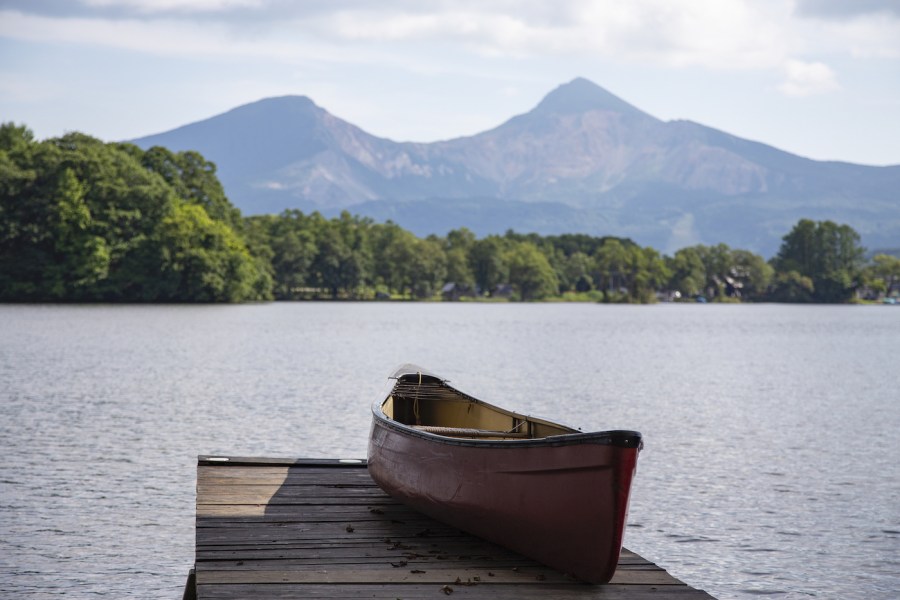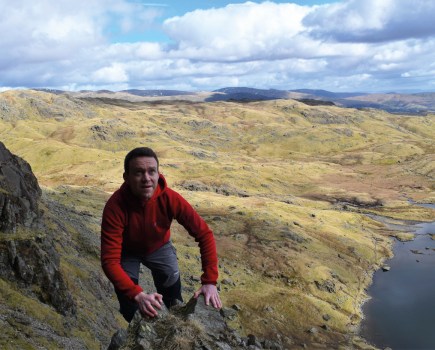Boasting volcanos, fantastically-coloured lakes and sprawling forests, the region of Fukushima is a hiker’s dream. We round up its best walks.
This advertising feature is sponsored by our friends at Fukushima Prefecture.
The Japanese prefecture of Fukushima is alive with hope – and eager to show the world its hiking trails, rugged volcanoes and dynamic scenery.
About 300km north of Tokyo, the region is being billed as a world-class destination for trekking, thanks to its enviable array of dramatic peaks, distinctive alpine and wetland plants, fantastically-coloured lakes, mesmerising autumn colours and excellent hiking infrastructure.
Much of this appeal for hikers centres around two national parks: Bandai Asahi National Park in the north-east of the prefecture and Oze National Park in the south-west. The former is a vast area of natural beauty featuring sacred mountains steeped in myth and history, volcanic lakes and ponds, and dense beech forests. The latter is a similarly superlative hiking destination, best-known for the Ozegahara Marshland, Ozenuma Pond and the annual blooming of colourful Alpine plants. Whether you choose to visit one or both national parks, it doesn’t really matter – either way you’ll be treated to beauty, freedom and escapism in a landscape ideal for hiking adventures.
Here’s our pick of six of the best walks in Fukushima.
-
Urabandai, Bandai Asahi National Park
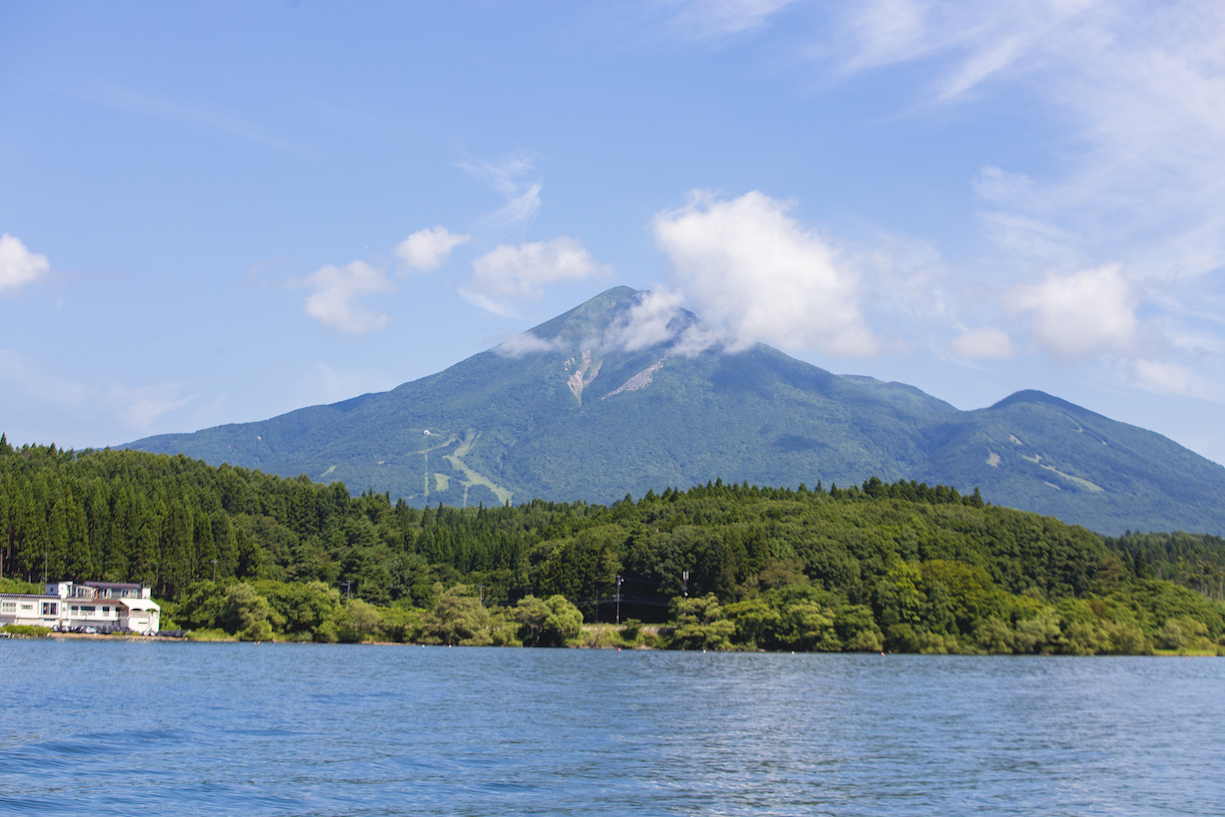
Urabandai is known for its beautiful lakes
First on our list of the best walks in fukushima is Urabandai, which is also known as the Bandai Highlands, is a water-dotted area of stunning mountainous beauty to the north of Mt Bandai, within Bandai Asahi National Park. There are about 300 lakes and ponds, including three large lakes – Lake Hibara, Lake Onogawa, and Lake Akimoto – and the vividly coloured Goshikinuma ponds. Urabandai also boasts a magnificent, self-sustaining forest, planted by locals across the rocky, volcanic landscape.
-
Jodo-daira and Mt Issaikyo, Bandai Asahi National Park
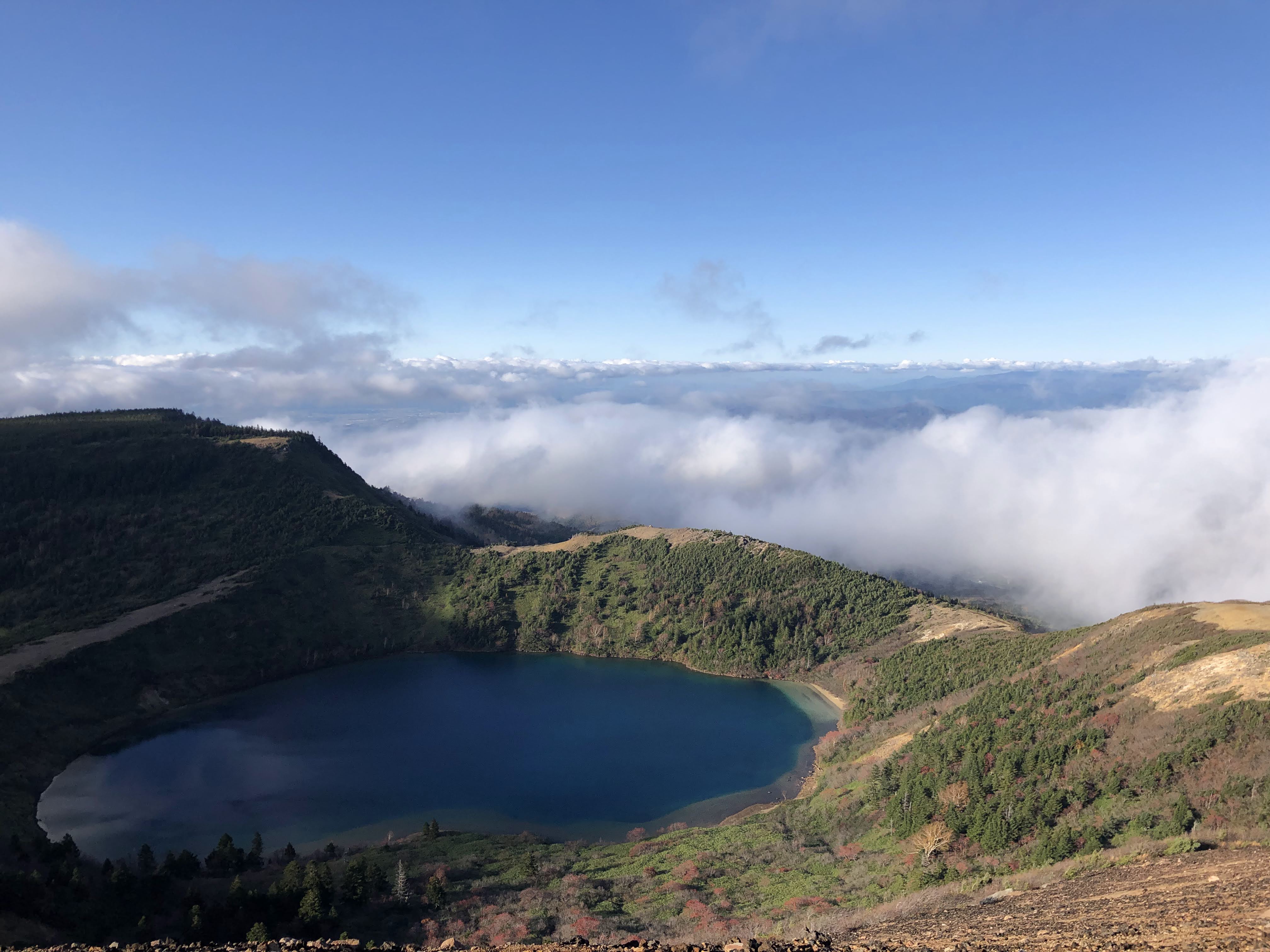
Witche’s Eye Lake, Mt Issaikyo
From the sub-alpine plateau of Jodo-daira, which is home to the Jodo-daira Visitor Centre, it is a 2 hour and 30 minute hike to the top of Mt Issaikyo and back down again. The mountain is 1,949m high and offers excellent views of Witch’s Eye, a sapphire-blue crater lake. Mt Issaikyo is an active volcano and hiking to its summits provides a wonderful insight into volcanic landscapes, floral wetlands and the local flora and fauna.
-
Goshikinuma Ponds, Bandai Asahi National Park
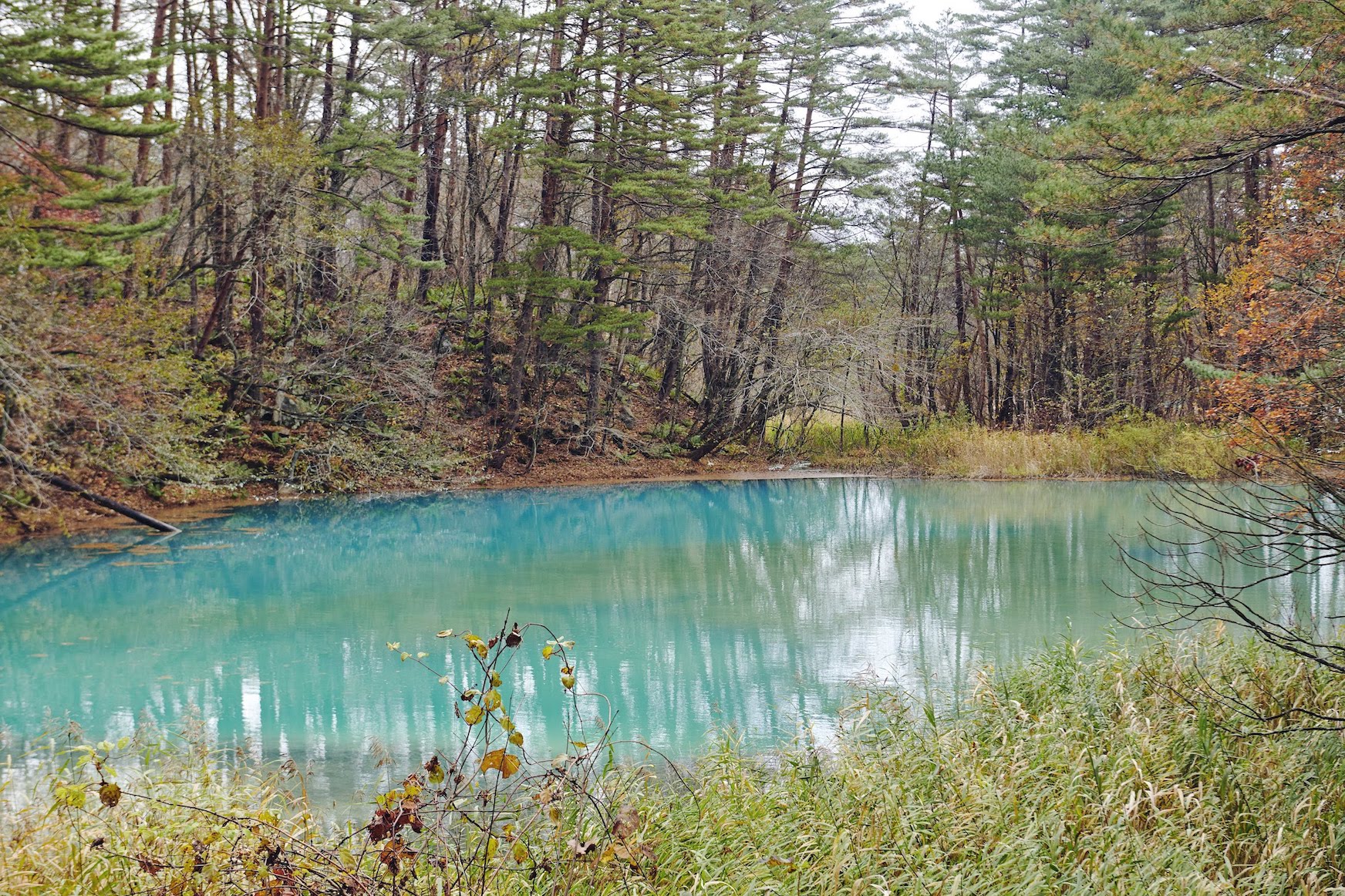
Volcanic minerals create vivid colours in the Goshikinuma Ponds
This family-friendly, beginner-level walk in the Urabandai area is a perfect introduction to hiking in Japan, bringing you up close and personal with about 30 lakes and marshes of spectacular hues – the so-called Five Coloured Ponds. Created by the eruption of Mt Bandai in 1888, when rocks and mudslides blocked rivers, these photogenic ponds are beautifully coloured and wonderfully peaceful. Their colours – which change depending on weather, volcanic minerals and angle of view – include vivid shades of pastel blue, emerald green, cobalt and turquoise. If you fancy it, you can combine your hike with a rowing boat excursion.
-
Oze National Park
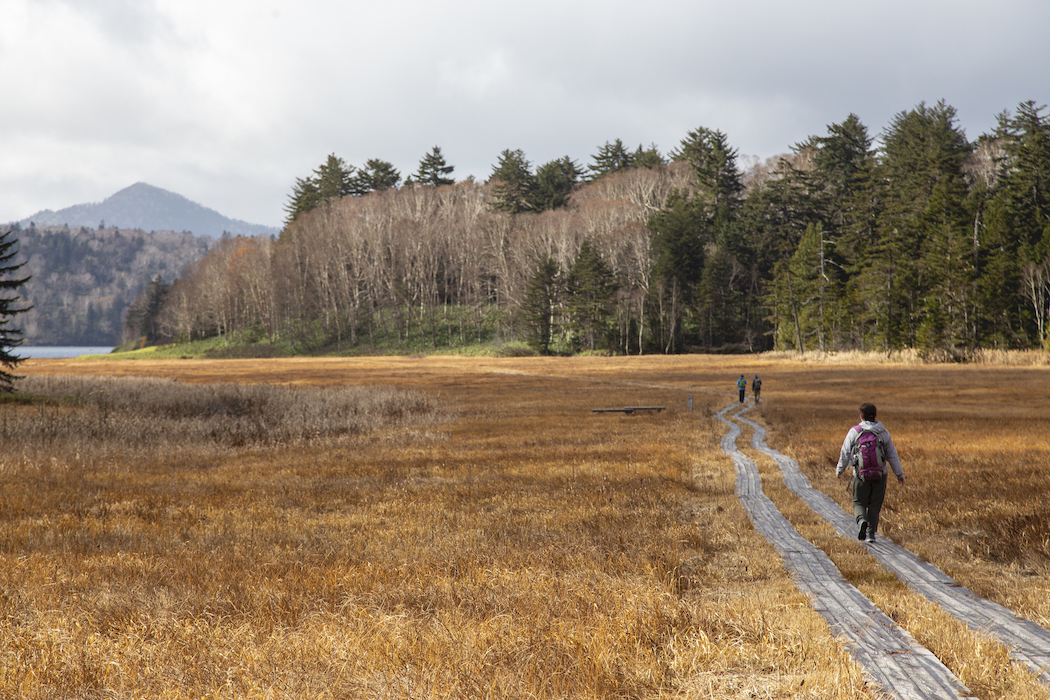
Trails across the marshland of Oze National Park
Oze National Park is an area of marshes and mountains stretching across Fukushima, Niigata, Tochigi and Gunma prefectures, and is best-loved for its forest-covered peaks and well-maintained hiking trails that traverse expanses of wetland. Actively used as a trade route during the Edo period (1600-1800s), the area was designated for a new hydroelectric dam in the 1900s, but environmental action by citizens rejected these plans and the project was cancelled in 1966. This pioneering eco movement meant the surrounding hot spring towns and mountain lodges were preserved and the area is now popular with many hikers, billed as one of Japan’s least-explored regions.
-
Mt Bandai, Bandai Asahi National Park
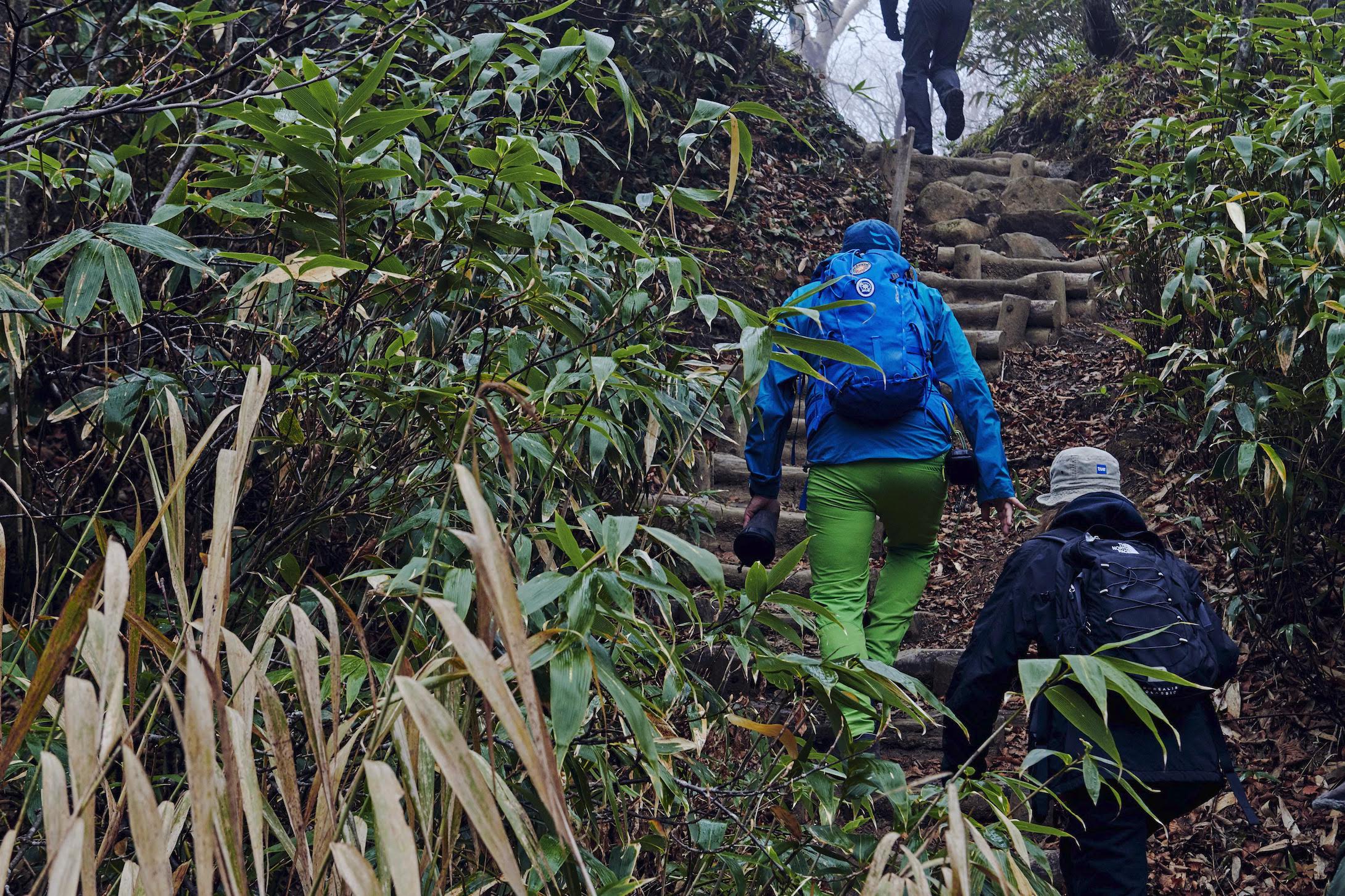
Climbing the stratovolcano Mt Bandai
Number 5 on our list of the best walks in fukushima means climbing Mt Bandai – the stratovolcano that erupted in 1888 to shape much of this region’s landscape, including its famous Goshikinuma Ponds – is a must for every visitor to Fukushima. It is 1,816m high and there are several routes to the summit. The shortest is a 4 hour and 30 minute round-trip, while other routes provide more of a challenge to intrepid hikers. Whichever path you take, the view across Urabandai from the summit is a sight to behold. Mt Bandai was originally called Iwahashi-yama, meaning ‘a rock ladder to the sky’, but it is now often lovingly referred to as the Mt Fuji of Aizu.
-
Mt Adatara, Bandai Asahi National Park
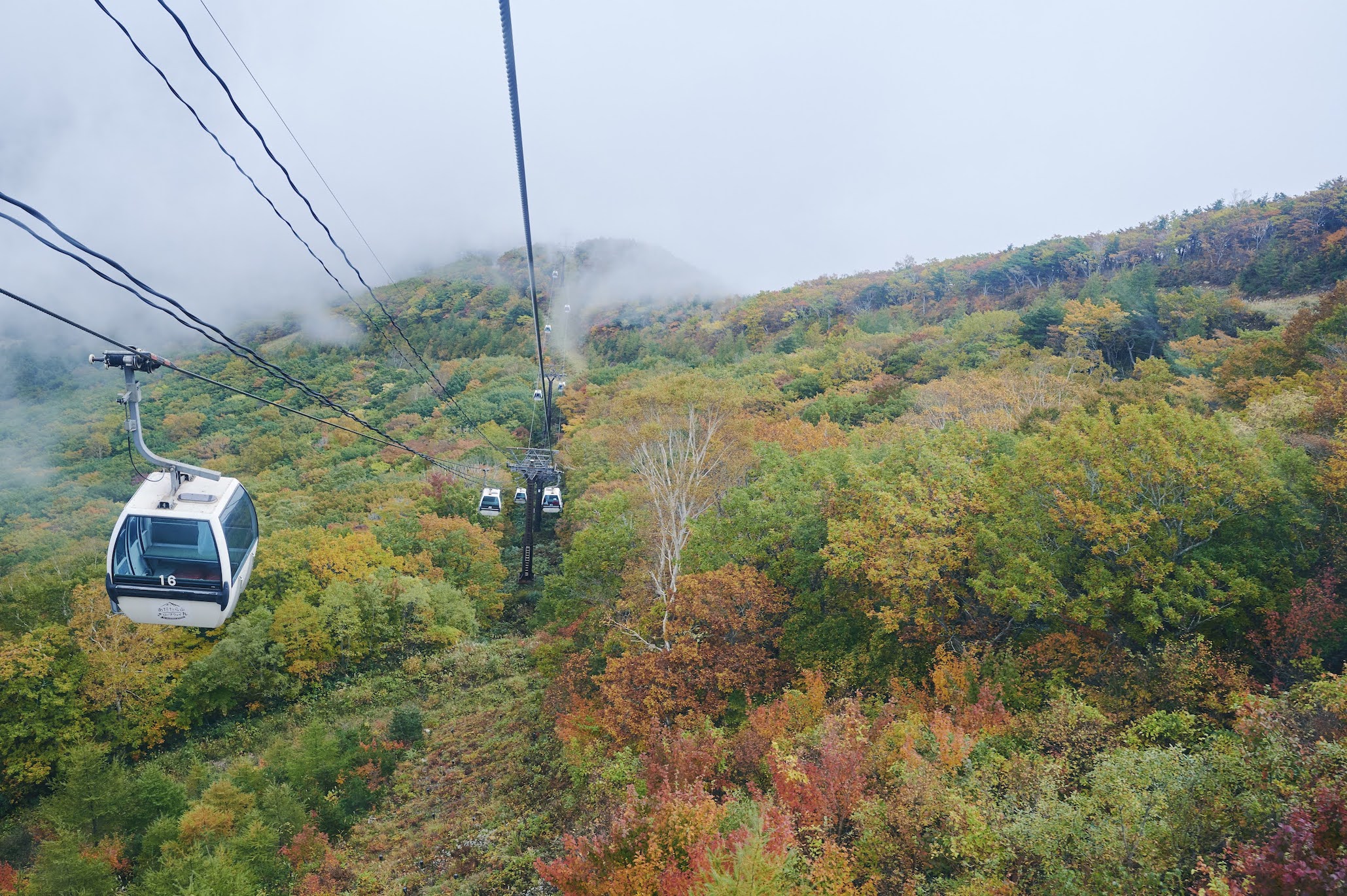
Fantastic autumn colours on the flanks of Mt Adatara
Our last location our our list of the best walks in fukushima is located to the east of Mt Bandai, Mt Adatara (1,700m) is another stratovolcano in the Bandai Asahi National Park. Mt Adatara is loved for its spectacular views, particularly in fall when the mountainside is transformed into a blanket of autumnal colours, and its cultural significance; it was the subject of the poems of “Manyoshu”, the oldest collection of poems in Japan, and also featured in the Chieko-sho by Takamura Kotaro, the most famous poet in modern Japan. From the ropeway (cable car) station, it takes about four hours to ascend and descend the mountain. Or, if you want to prolong the adventure, you can stay overnight at the summit, where the Kurogane-Goya mountain lodge features a warm welcome – literally, as you can enjoy its hot springs from the mountain top.

